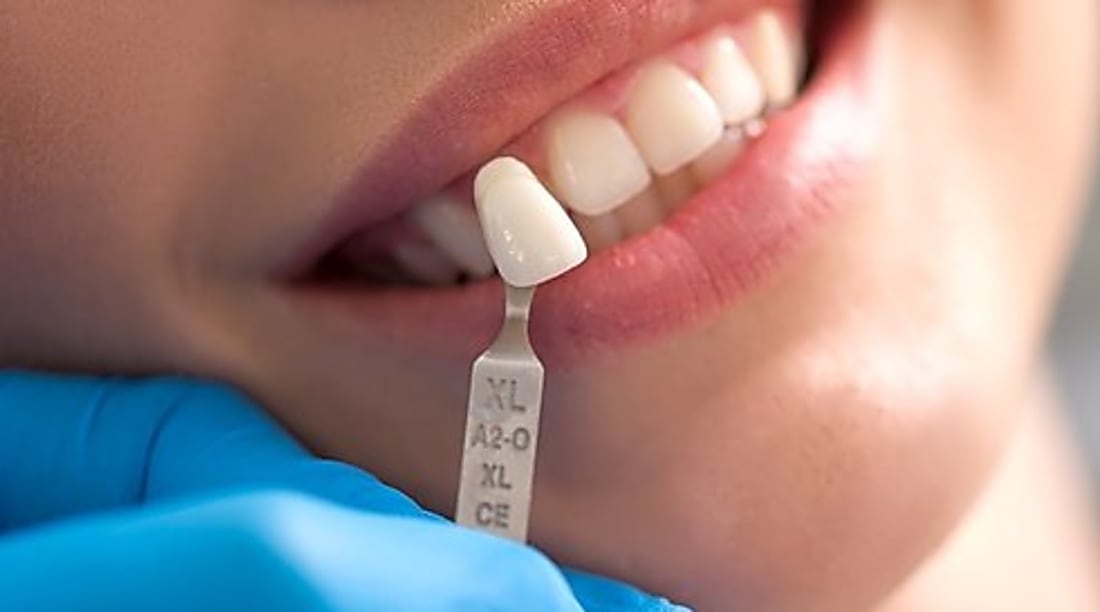Brighten Your Smile: Safe Ways to Lift Stains Without Harming Enamel
A whiter smile doesn’t have to come at the cost of enamel health. Understanding the difference between surface stains and deeper discoloration, using gentle ingredients, and following evidence-based routines can help you lift stains safely. This guide outlines practical steps, common myths to avoid, and how to choose options that respect your enamel.

A brighter smile is often about consistency and smart choices rather than aggressive scrubbing or harsh chemicals. Enamel—the outer mineral layer of teeth—does not regenerate, so methods that protect it are essential. By focusing on stain prevention, gentle cleaning, remineralizing ingredients, and carefully selected whitening agents, you can improve tooth shade without risking long-term sensitivity or surface wear. This guide separates daily care from active whitening and clarifies which habits actually support a healthy, brighter look.
This article is for informational purposes only and should not be considered medical advice. Please consult a qualified healthcare professional for personalized guidance and treatment.
Brighten your smile safely
Daily care builds the foundation for any whitening result. Start with a soft-bristled toothbrush and light pressure; over-brushing can erode enamel and recede gums, making teeth look darker. Brush twice daily with a fluoride or hydroxyapatite toothpaste to support remineralization, and floss to break up plaque where stains accumulate. After acidic foods or drinks—like citrus, soda, wine, or sports drinks—wait about 30 minutes before brushing to avoid brushing softened enamel. Rinsing with water right away helps clear acids and pigments.
Lifestyle choices matter. Limit frequent sipping of coffee, tea, and dark sodas; drink them in shorter sittings and use water between sips. Sugar-free gum with xylitol can stimulate saliva, which naturally buffers acids and supports enamel. If you enjoy berries, curry, or soy sauce, pairing them with crunchy vegetables can help scrub pigments from tooth surfaces. These small shifts reduce the rate that new stains form, making whitening efforts more effective and longer lasting.
Whitening care for your teeth
Before bleaching or polishing, consider a quick oral health check with a dental professional in your area. Cavities, exposed roots, or active gum inflammation can make any whitening attempt uncomfortable and less predictable. Addressing sensitivity first—often with toothpastes containing potassium nitrate or arginine, or with fluoride/varnish treatments—improves comfort and outcomes.
Be cautious with do‑it‑yourself hacks. Lemon juice, vinegar, or other acidic rinses can thin enamel over time. Similarly, abrasive powders like charcoal or rough scrubs can create micro-scratches that attract more stains later. If you use whitening toothpaste, look for a “low abrasion” indication and avoid aggressive brushing. Enamel-safe polishing typically relies on mild abrasives and chemical stain dispersers rather than coarse grit.
Consistency helps more than intensity. Use products as directed, take rest days if sensitivity appears, and support your routine with remineralizing pastes or gels. Nightly application of fluoride or hydroxyapatite can help the surface recover after whitening, promoting a smooth, glossy finish that reflects light and appears brighter.
Teeth whitening options explained
Not all discoloration is the same. Extrinsic stains sit on the surface and come from pigments in foods, drinks, or tobacco; these respond well to polishing and mild bleaching. Intrinsic discoloration is within the tooth (e.g., age, developmental changes, internal staining from trauma) and may require professional whitening plans or cosmetic options like bonding or veneers.
Over-the-counter options include whitening toothpastes, pens, and strips. Toothpastes primarily target surface stains with mild abrasives and stain-lifting agents; they maintain brightness but rarely change the underlying tooth shade significantly. Strips and tray gels typically use carbamide or hydrogen peroxide at lower concentrations for gradual lightening over one to two weeks. Look for clear usage instructions, enamel-safe claims, and desensitizing ingredients if you’re prone to discomfort.
Dentist-supervised whitening uses custom-fitted trays or in‑office applications for more controlled results. Custom trays help keep gel on the teeth and off the gums, improving comfort and efficiency. In-office sessions use higher concentrations applied by clinicians, often with protective barriers on the gums. Light or laser devices may be used as adjuncts; in many cases, the active whitening effect comes from the peroxide itself, with lights primarily serving to accelerate or enhance dehydration effects. Professional guidance helps set expectations, manage sensitivity, and decide whether internal bleaching (for a single dark tooth) or alternative cosmetic solutions are more appropriate.
How white is realistic? Natural teeth have a range of shades and translucent areas, and restorations like crowns or fillings won’t change color with bleaching. Matching your target shade to existing dental work is part of a sensible plan. Periodic touch-ups—rather than constant whitening—help maintain brightness without overexposure to bleaching agents.
Stain control after whitening protects your investment. For 24–48 hours post-whitening, avoid highly pigmented foods and smoking while enamel pores rehydrate. Continue with gentle brushing, flossing, and rinsing with water after meals. Reintroduce coffee or tea strategically, finishing with water to reduce residue. Regular professional cleanings complement home care by removing plaque and calculus that hold stains.
In short, safe whitening is a balance: protect enamel with gentle daily habits, choose evidence-based products in appropriate strengths, and get individualized guidance when needed. With the right plan, you can lift stains effectively while keeping the tooth surface strong and comfortable for the long term.




